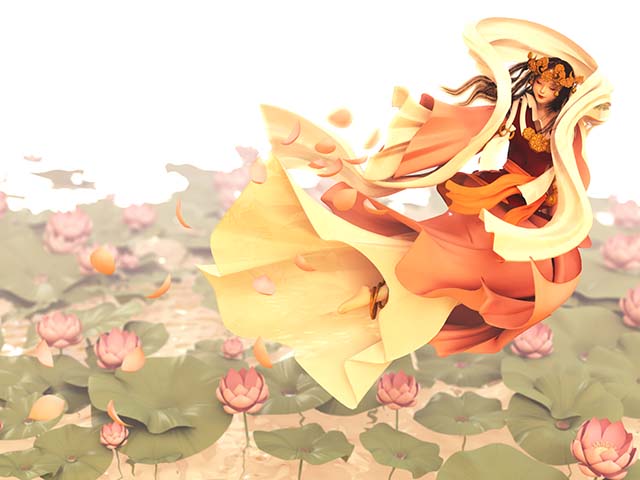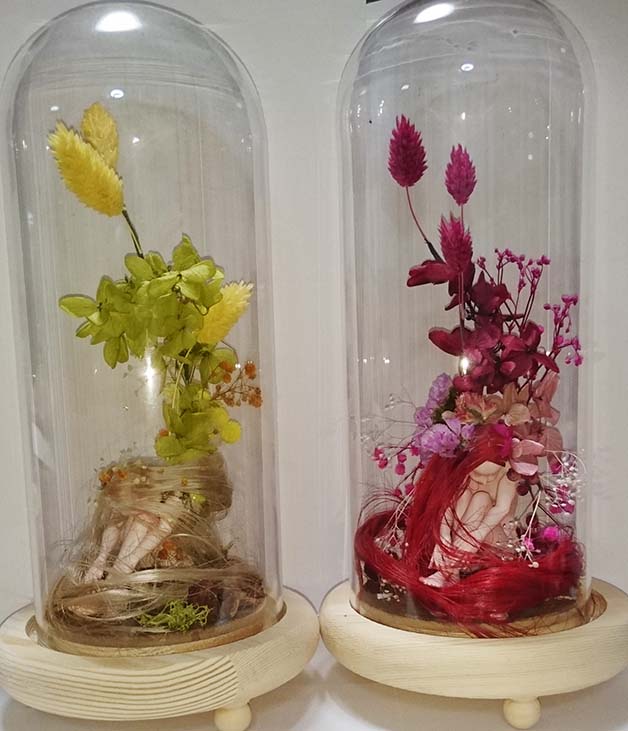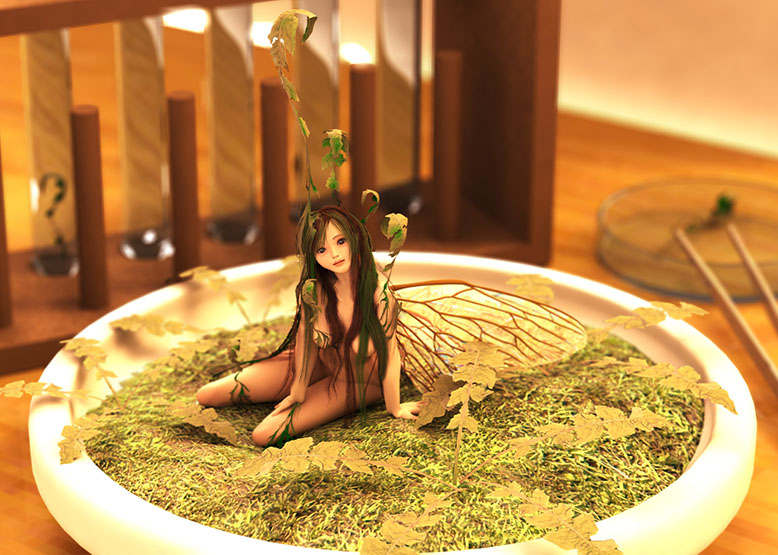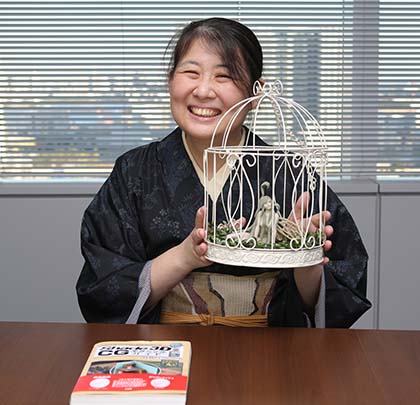|
"I've always enjoyed drawing pictures, and I wanted to try 3DCG as
an extension of that." Around year 2000 when 3DCG virtual idols such
as "Terai Yuki" were becoming popular, Ms.Kamo says that she
wondered if she could do something like this, and this is when she entered
the entertainment industry She says at first it was only as a hobby, and
there were only a limited number of packaged software available in an affordable
price range, but when she found Shade3D in a store, she decided to use
it for herself. A Japan-made 3DCG software with excellent features, Shade3D
also has plenty of useful information in Japanese as well and has always
been a popular choice of software by many users. In addition, even back
then there was already a community where users could share information
with each other and beginners could get advice from advanced users. This
was one of the main reasons why she chose Shade3D.
As mentioned earlier, Ms. Kamo, who has expanded her activities from drawing
as a hobby to the world of 3DCG, initially used Shade3D as a tool for drawing
still images. In the early stages of her experience with Shade3D, she gained
her practical knowledge of the software through trial and error to express
the image she described as "alien or reptile”. She gradually shifted
her focus to creating illustrations that express her own world of fantasy,
using women as a motif, which would later become her mainstream. With the
spread of 3D printers, from around 2011, she began exporting 3D data that
she had created in her personal activities into 3D figures. At the same
time, she was asked by a publisher to write a manual for "Shade 11"
in 2010, based on her experience of publishing her work of art that focus
mainly on still images. Since then, she has been publishing a new edition
of Shade3D almost every year until "Shade3D Ver.16" (published
in 2017, the only edition that was co-authored with sisioumaru).
As she became involved in writing books, her creations using Shade 3D began
to help her land jobs as a freelancer, and since around 2016, there has
been a gradual increase in demand for sculpting pets and other animals
using 3DCG as well as for the production of "slightly loose and cute"
(Kamo) draft illustrations (line drawings) and figures of female or two-headed
characters. In recent years, she has been using Shade3D and other CG software
to meet these needs.
The theme that she has represented in some of her work of art that she
has created in her recent personal creative activities is "Cordyceps
Sinensis". This is an anthropomorphic figure of a plant growing out
of an insect. A fairy-like figure is made from a prototype created in Shade3D,
and then hair is pasted on the figure which is then decorated with dried
flowers. The intention was to embody the image of a "shikaisen,"
or a new life sprouting from a chrysalis when it hatches. However, Ms.
Kamo says, "I leave the interpretation to the viewer".
Also, one of her favorite series of works is the sculpting of famous paintings.
Based on "Girl with a Pearl Earring" (Vermeer) and "Chōjū-giga
(Animal-person Caricatures)", she creates prototypes in Shade3D and
exports them into a 3D print in full color using a plaster 3D printer.
Each piece is a unique creation.
In addition, she has also used Shade3D to create still images such as "Kissho Ten", "Fox Bride", and "Dragon's Envoy", all of which effectively feature fantastic women.
"The fact that it is a tool that I am familiar with is one of the biggest advantages of using Shade3D." This is how Ms. Kamo expresses her enthusiasm for Shade 3D, which she has been using for about 20 years. In particular, since many of her works have been placed in cases in recent years, she highly evaluates the function that allows her to set the size of the 3D print in millimeters and fine tune the scaling ratio to values after the decimal point. Ms. Kamo considers Shade3D to be an effective option for beginners, as it can do everything necessary for CG creation with a single software.
 |
 |
| ▲CG illustrations created with Shade3D |
▲"Cordyceps Sinensis" themed figures |
|






